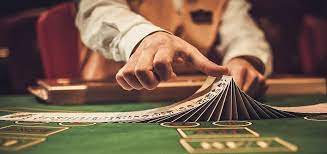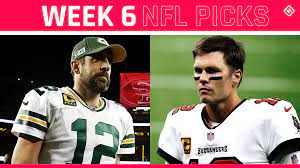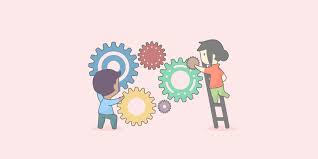Blackjack is a simple game. There is a basic set of rules for this popular card game, but when you’re playing in a real casino, excitement and risk takes a different turn. It’s okay to beg, as that’s a way to play, but there are specific rules and strategies for blackjack, French roulette, slots, and other popular games. It’s recommended that you start on the low end, with the low-buyout Blackjack, which uses 8 decks of cards, instead of 6. Many people enjoy this game because it’s lower cost and also, it offers a lesser house advantage, than games where you use a 6 deck shoe.
Now, if you’re ready to learn to play blackjack, you can begin by familiarizing yourself with the essential rules. Get a deck of cards, and deal out five cards. Make your decisions based on your cards’ values. You may want to refer to a basic strategy chart for help. Now, before you sit down at the table, it’s important that you learn the blackjack rules. Refer to the chart for alternate outcomes, just in case, you want to experiment with the game. It’s okay to ask the dealer for advice, as the dealer is not always going to give in what you want to hear. However, you don’t have to follow the dealer’s advice, if you’re not feeling it. Why? Because, you have the freedom to add what you want to your hand, if you’re capable of it.
Now, if you’re capable of adding, say, one-half of your chip stack to your total hand, you should surrender. The DewaGG will take your added money, and you will be out of the hand. Now, if you’re not capable of adding, or you surrender, the dealer will “burn” (turn his cards over) his cards, and deal you new cards.
Next, you should be looking at the player’s right to play, versus the dealer’s left to play. Theooter (the person dealing) is always the player, and the dealer is not the shooter. Now, whenever you sit on the table, either the dealer or the player, you have the option of…
When the dealer’s up card is an ace, a face card, or a 10, it’s in his best interest to shuffle. Why? The most obvious reason is that he has a poor hand. The most likely outcome of this shuffle is that the ace or face card will have a value of 10. This forces the player to either Hit or Stand. Obviously, at this point the odds are 11 to 1 against you. It’s worth taking a look at, because this may be the last time you play that particular hand.
However, there are times when you will want to hit. For example, you’re holding a 16 against a dealers up card of a 9. But, because the 16 is more likely to be a high card, rather than a low card, you’re more likely to be beaten by a dealer bust. If you hit, you only loose your vig on the hand, and don’t gain an advantage over the house. Therefore, you should only do so, if you’re certain you will win the hand.
Many times, the best thing that you can do is the exact opposite of what the recommendations above, and that’s to limp in, or to always raise during the pre-flop. Not only does this enable you to see what the real dealers are doing, it also puts you in position to either win the hand, or lose less money by getting a BQ, rather than have the dealer beat you.
If you follow these recommendations, you will win more than you lose, and you’ll most often come out ahead during your gambling trips to the casino.



